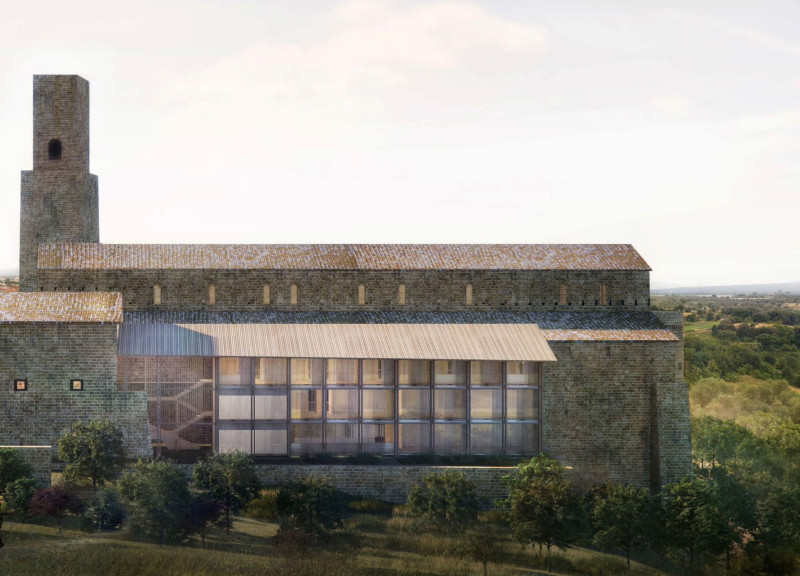5 key facts about this project
At its core, the project serves as a multifaceted space designed to accommodate various activities, which may include residential, commercial, and communal functions. This versatility is a hallmark of modern architecture, prioritizing adaptability and user engagement. The architectural layout emphasizes an open and fluid arrangement, allowing for optimal movement and interaction among different areas of the design. Such a layout fosters a sense of community and encourages collaboration, which is vital in today’s social contexts.
Key elements of the design include the use of natural light, which is leveraged to enhance the interior experience. Large windows and strategically placed skylights are introduced to illuminate spaces, creating a warm and inviting atmosphere. This not only contributes to energy efficiency but also supports occupants' well-being by connecting them to the outside environment. Furthermore, the design often employs an indoor-outdoor fluidity, blurring the lines between enclosed spaces and the natural landscape. This approach resonates well with sustainable principles in architecture and emphasizes a commitment to environmental stewardship.
Materiality plays a significant role in this project, where careful selection reflects both aesthetic intentions and functional requirements. Common materials such as reclaimed wood, steel frames, and glass are prominent throughout the structure. Reclaimed wood adds warmth and character, embodying sustainability by reusing existing resources. Steel frames provide structural integrity and allow for expansive open spaces, while glass facilitates transparency and light penetration, enhancing the overall spatial experience.
Unique design approaches are evident in the project’s attention to contextual integration. The architecture not only responds to the immediate physical landscape but also to the cultural and historical narratives of the region. This thoughtful dialogue with context results in a building that feels rooted in its location while also looking towards the future. Elements such as local stonework or patterns inspired by regional architecture can be incorporated to pay homage to the heritage of the area, thus creating a sense of place.
The project also places a strong emphasis on sustainability, incorporating various green building strategies that address energy efficiency and environmental impact. Features such as green roofs, rainwater harvesting systems, and passive solar design strategies contribute to its low carbon footprint. The commitment to sustainability is not just a trend but reflects a broader architectural responsibility to future generations.
When discussing architectural designs, it is important to consider how these principles translate into tangible outcomes that meet user needs while simultaneously engaging with the environment. This project exemplifies a harmonized approach that successfully balances aesthetics, function, and sustainability while fostering an inclusive community space.
For those interested in delving deeper, it is encouraging to explore the architectural plans, sections, and ideas that accompany this thoughtful project. Such a review provides invaluable insights into the architect's intentions and the underlying philosophies that shape this piece of architecture. By examining the details, one can appreciate the intricacies of the design and the myriad ways in which architecture can positively influence our lived environments. Together, these elements weave a narrative that speaks to the evolving nature of architecture in addressing contemporary challenges.























